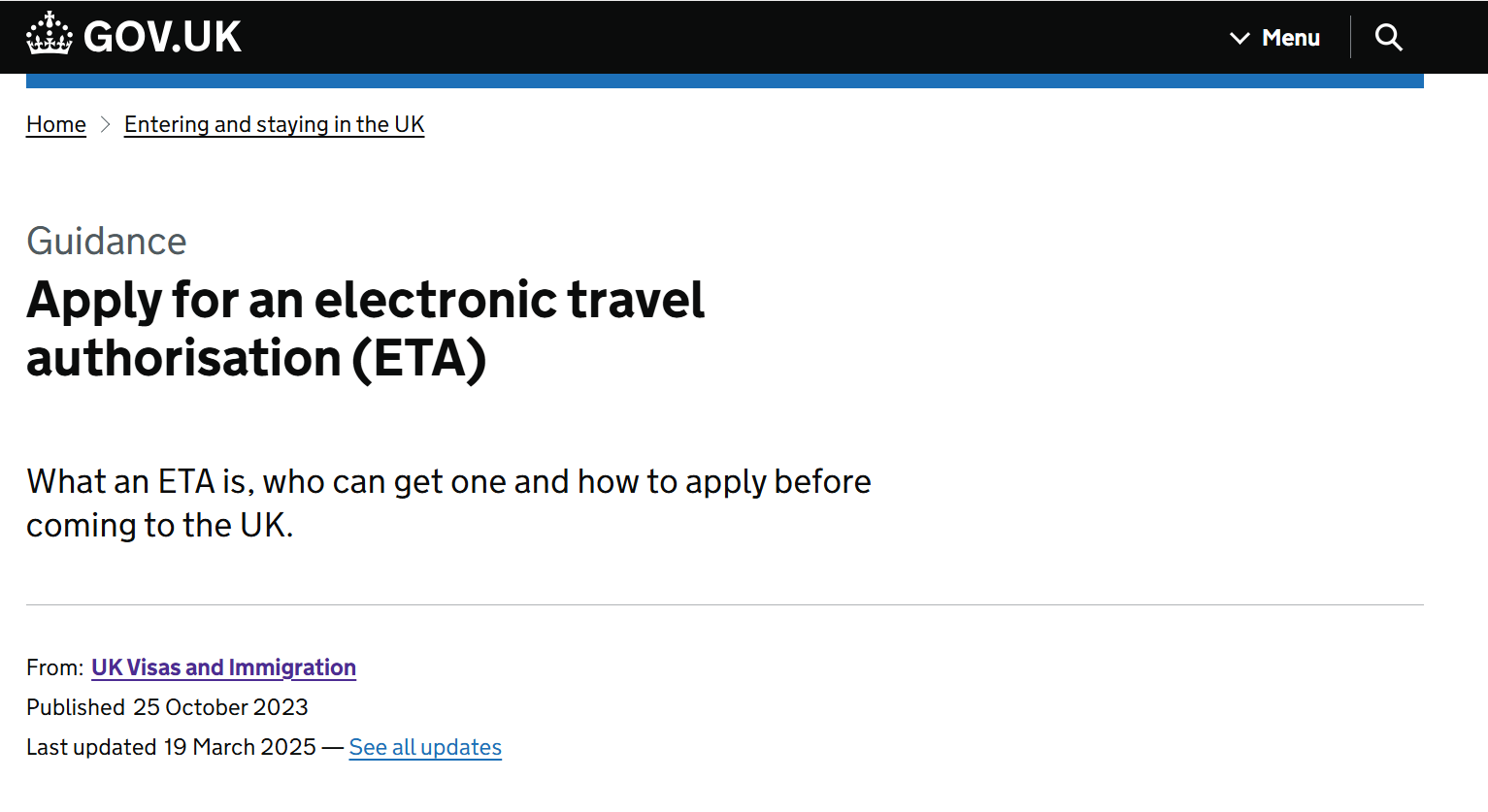By Louise Shania Sabela
The Comprehensive Air Transport Agreement (CATA) between the EU and ASEAN is reshaping air travel between the two major economic regions. CATA is the first-ever air transport agreement negotiated between two regional blocs, replacing more than 140 bilateral air service agreements with a unified framework designed to simplify operations for airlines on both sides. It aims to create a smoother, more integrated aviation market, encouraging better collaboration and increased efficiency. While the vision is ambitious, the path to realising it is not without obstacles — especially for ASEAN.
Achieving the vision requires balancing regional integration with national sovereignty. Article 1 of the Chicago Convention (1944) grants every state complete and exclusive sovereignty over the airspace above its territory. As the legal foundation for CATA, this principle underscores the rights of individual nations to regulate and control activities within their airspace, including granting or denying access to foreign carriers (Article 6). The convention also ensures fair competition by establishing safeguards against market distortions and emphasising financial transparency among carriers (Article 44(f)).
While the Chicago Convention respects each state’s sovereignty and allows them to negotiate access independently, varying national approaches have resulted in challenges for regulatory harmonisation. Under Presidential Regulation No. 12/2016, Indonesia applies the ‘open skies’ framework to only five cities — Jakarta, Bali, Medan, Surabaya and Makassar. This reflects a protectionist policy designed to safeguard domestic airlines, such as Garuda Indonesia, from regional competition. The regulation enables open access to these key airports, but access to other cities remains restricted and subject to bilateral negotiations — even for other ASEAN states.
Airlines like AirAsia have had to establish separate regional units in Thailand, Indonesia and the Philippines. Their operations are mostly restricted to flights originating from their home countries. ASEAN–Europe connectivity is still largely dependent on country-pair agreements due to fragmented regional aviation policies.
This raises questions about how international trade law principles regulate CATA, since CATA aims to improve air travel efficiency and create a more integrated aviation market between Europe and Southeast Asia. Academics argue that CATA is likely to benefit the EU more than ASEAN due to protective aviation regulations, insufficient supply, limited infrastructure and differing priorities in ASEAN countries. This imbalance allows EU carriers greater operational flexibility and strategic reach, while ASEAN airlines remain constrained by national-level restrictions.
One of these imbalances is caused by the non-existence of single market regulations in ASEAN. ASEAN is still in the process of developing its ASEAN Single Aviation Market (ASAM), which was initially set to launch in 2015. Two agreements — the Multilateral Agreement on Air Services and the Multilateral Agreement on the Full Liberalisation of Passenger Air Services — have so far been ratified. While this marks progress, other challenges hinder the full optimisation of ASAM.
In Indonesia and the Philippines, domestic markets are much larger than international markets. Indonesia’s domestic market alone surpasses the entire international market of Singapore. This disparity is further reflected in the rankings of ASEAN airlines by seat capacity, where carriers from Indonesia dominate. Given these dynamics, airlines from Indonesia and the Philippines naturally prioritise serving their expansive domestic markets. This divergence in market orientation influences their positions in regional aviation negotiations. Unlike the EU, where train and road networks provide connectivity, ASEAN countries rely heavily on aviation to link their markets.
Vietnam struggles with insufficient domestic flight routes and a severe shortage of aircraft, both of which threaten to limit its role to that of a destination for international carriers. Vietnam’s airlines also face financial instability, which has led to operational downsizing. Both Pacific Airlines and Bamboo Airways have had to reduce their fleets due to economic pressures. This shortage of aircraft affects the availability of both domestic and international services, further limiting Vietnam’s ability to capitalise on the opportunities presented by CATA.
In Laos, airport infrastructure presents a significant challenge. The quality of air transport infrastructure in Laos was rated at 4 on a scale from 1 to 7, in comparison to the global average of 4.55 points. These infrastructure limitations can impede the ASAM from realising its full potential.
Singapore has taken the approach of focusing entirely on the international market. Airlines operating from Singapore benefit from unrestricted Fifth Freedom Rights allowing an airline from one country to transport passengers or cargo between two foreign countries as part of its international route, which Singapore has successfully bilaterally negotiated. Singapore’s success shows the potential advantages of more open aviation policies as a model for other ASEAN countries considering deeper cooperation to boost their own aviation sectors. This approach not only enhances connectivity but also stimulates economic growth by attracting more airlines and increasing passenger traffic.
To address these challenges, the EU has been actively supporting ASEAN through initiatives like the ARISE Plus Civil Aviation Project. This program focuses on improving regulatory capabilities, aligning safety standards with International Civil Aviation Organization (ICAO) guidelines and enhancing air traffic management efficiency across ASEAN member states. The project also aims to establish mechanisms for mutual recognition of certifications and licenses, enabling smoother cross-border operations.
Member states must align their aviation policies with ICAO Standards and Recommended Practices and commit to transparent, non-discriminatory regulatory practices. The development of an ASEAN Air Traffic Management Master Plan seeks to create a seamless ASEAN sky similar to the EU’s integrated airspace. Investing in infrastructure and developing capacity-building programs are practical steps forward, with the EU’s Global Gateway Initiative providing strategic funding and expertise.
- About the author: Louise Shania Sabela is a final year law student at Universitas Pelita Harapan, Indonesia.
- Source: This article was published by East Asia Forum


